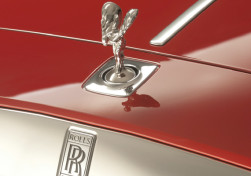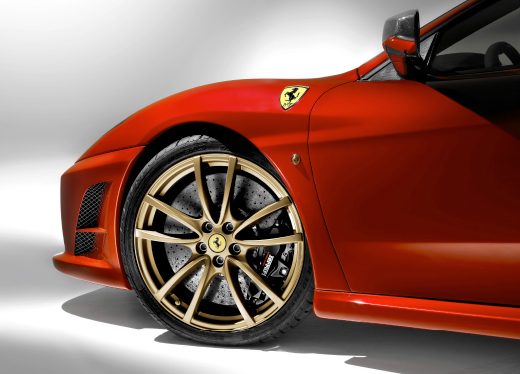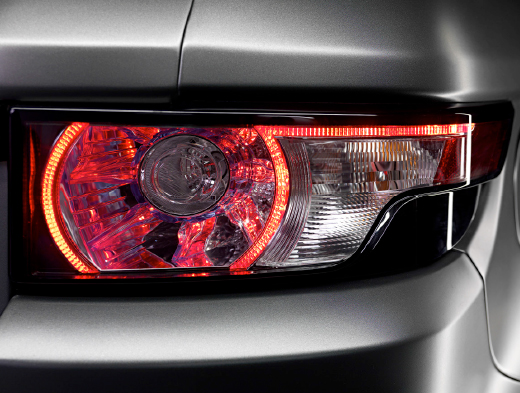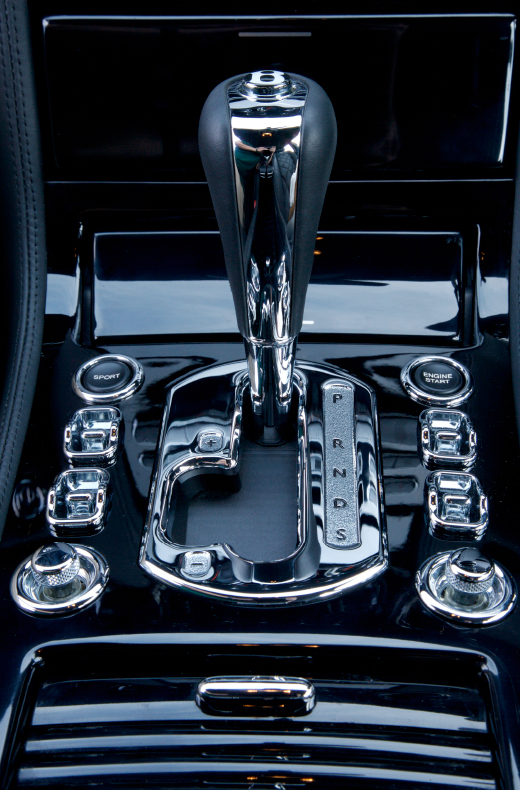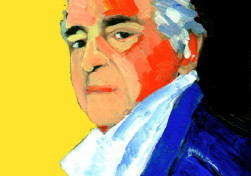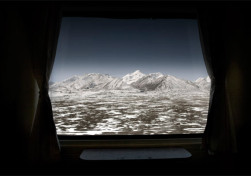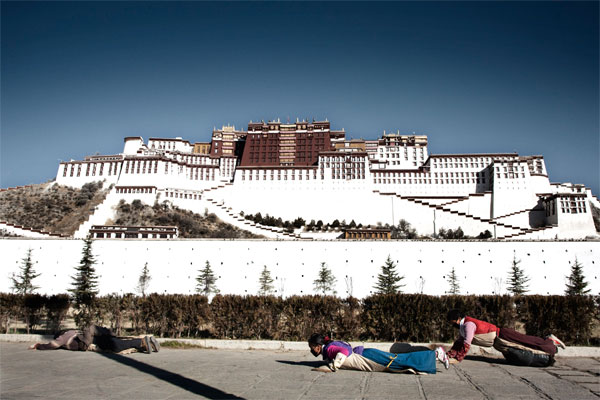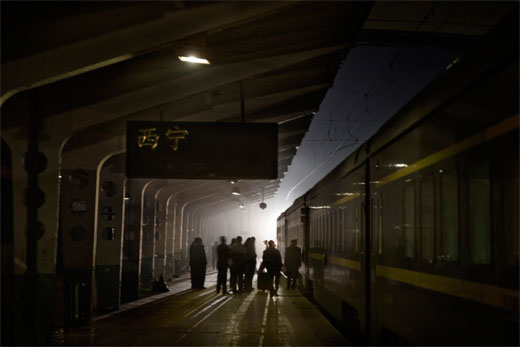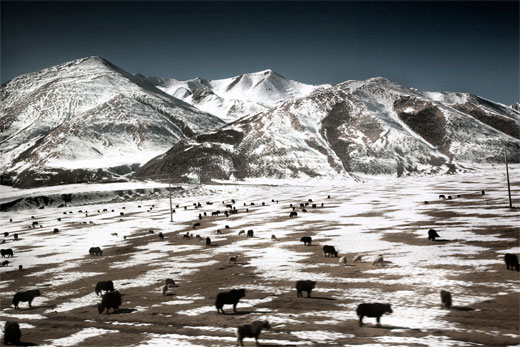For a privileged few car lovers, high-end custom-design is making their fantasies a reality. The luxury brands are taking what used to be known as the “options list” in car design and offering exhaustive “personalization”. We’re talking here about ways of customizing your new motor to make it utterly unique, and the likes of Bentley, BMW, Ferrari, Aston Martin, Lamborghini, Mercedes, Porsche and Rolls-Royce are only too happy to oblige. A comparison with the famed tailors of London’s Savile Row is apt, not least when it comes to Ferrari’s interpretation – it has named its custom-design plan “Tailor-Made”. It’s the vision of Lapo Elkann, the charming high-flying grandson of Fiat kingpin and style icon Gianni Agnelli. Elkann calls himself a “freestyle entrepreneur”, and it’s his idiosyncratic approach to life that runs through Ferrari’s Tailor-Made concept.
In dedicated ateliers annexed to the main Ferrari showrooms around the world, clients can choose between “Classica” (retro styling from the 1950s and 1960s) and “Scuderia” (racing design), or let their imaginations run riot with “Inedita”. Pinstriped seats, cashmere roof lining, or carbon fiber and titanium trim – it’s all possible. “Today, luxury has to be open to new materials and new elements,” Elkann says. “If you’re spending that sort of money, you want the freedom to make the product look the way you want it to look rather than the way the company does.” While Elkann is something of an iconoclast and revels in the possibilities of high-tech new materials, tradition still plays a role. Ferrari suppliers include the celebrated furniture designer and materials experts Poltrona Frau, whose mantra intelligenza delle mani (clever handcrafting) informs the distinctive interiors of today’s Ferraris, and is crucial in Tailor-Made. “There is an almost infinite number of colors for our leather,” the company chairman Franco Moschini says. “There are now more than 90 colors compared to the five or six in the past. The skins are analyzed individually, because each animal is different and has lived a different life.”
Another Tailor-Made supplier is the Piedmontese fabric-maker Vitale Barberis Canonico, whose work with the company is more akin to that of a tailor than an industrial partner. And in a nod to Ferrari’s early days in the late 1940s and early 1950s, when handcrafted bodywork was made in ultra-low volumes for the aristocracy, films stars and industrialists, the company’s Special Projects division will design an entire car to your personal specifications. Eric Clapton is one of the Ferrari clients to explore this avenue with his SP12 EC. Was overseeing the design an enjoyable process? “Oh, unbelievable,” he says. “One of the most satisfying things I’ve ever done. There will never be anything like this again. This is me aged seven listening to [F1 drivers] Fangio and Ascari.”
Victoria Beckham is another big name to turn if not designer exactly, then specifier. Her 2011 limited edition of the Range Rover Evoque comprised only 200 units worldwide, yet despite costing around $128,500, it was an instant sell-out. A hot brand, superstar name and custom design all aligned with a genuinely desirable product, underpinning the marketing voodoo. In matte grey, with rose gold accents inspired by the men’s gold Rolex that her husband David had given her, and with a cabin trimmed in highly desirable buttery aniline leather, the VB Evoque is a notably tasteful example of limited-edition design. “I like to think outside the box,” Mrs. Beckham told me at the car’s launch in Beijing. “Why shouldn’t I design a car? When Gerry [McGovern, Land Rover’s design director] approached me to do this, it was certainly a challenge. I’d never designed a car before, so I think I brought a naivety to the project, though I’ve enjoyed customizing the cars David and I have bought over the years. I didn’t want a car that was particularly feminine, I wanted something that David also wanted to drive.”
Custom car design is a global trend, but individual countries’ traits can appeal across borders. A yearning for authenticity is one of the things that most commends say, Bentley to the booming Chinese market. British luxury automakers have a rich history in wood, leather and marquetry, and as the brand’s chief interior designer, Robin Page, puts it: “By the time you work out all the options [of materials] and all the combinations, there are millions of scenarios.” In fact, Bentley has arguably the richest history in custom design. Its Mulliner division offers “specialist personal commissioning,” a promise that is backed by a relationship that goes back almost a hundred years. The division is named after H.J. Mulliner & Co, the coachbuilder that the company founder W.O. Bentley asked to create the bodywork for his 1919 EXP1 prototype. Mulliner originally built Royal Mail carriages in the 18th century, and handcrafted saddles before that.
This sort of backstory plays well in emerging markets. “Craftsmanship and attention to detail is what defines British design,” Aston Martin’s chief designer Miles Nurnberger says. “We’re extremely creative, but we mix that with a pragmatism. German design is very pragmatic and very exacting, but can lack creativity. French design is creative, but might lack refinement or execution. British design strikes a good balance. We like modern architecture, but we also like quite homely things and comfort. There’s purity to British design, and it has honesty. Others might use something that looks like metal, but we actually use metal.” Gavin Hartley is head of custom design at Rolls-Royce, a company that has been working in the field for decades. “Whether it’s a house or a yacht, our customers don’t generally choose from lists,” Hartley says. “They’re beyond conforming to what other people might think. It’s an opportunity for dialogue with individuals, to allow them to pursue their own ideas.
We’re harking back to the early days of motoring, to the coach-building era, when there was less standardization and more choice. “Different rules definitely apply, and it often makes you question what good taste actually is,” Hartley continues. “You might think you are always right and everyone else is wrong, but in this business you are constantly challenging the arrogance of that assumption. But the people who come to us want a Rolls-Royce sort of solution, so it tends to be consistent with what we want to do – which is excellent, beautiful engineering.” Fortunately, as with other areas of automotive design, there is a notable trickle-down effect: the runaway success of the latest Mini, Citroën DS3 and Fiat 500 has democratized custom car design. Mass-produced they may be, but none is identical. Sustainability is also important: recently, the Peugeot Onyx concept car showcased an interior trimmed in felt and recycled newspaper so thoroughly compressed that it felt like wood. And even if the exterior matches a thousand other models, the endless possibilities for creating something unique on the inside provides a particular satisfaction, the feeling of knowing that no one else possesses anything like it.
Your address: The Bentley Suite, The St. Regis New York, a collaboration bringing the St. Regis and Bentley partnership to life.
